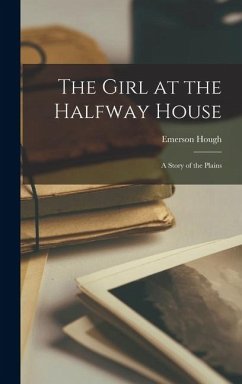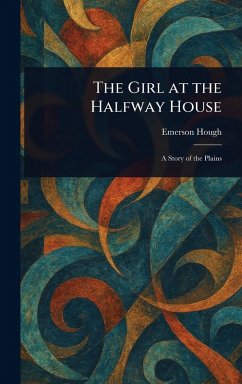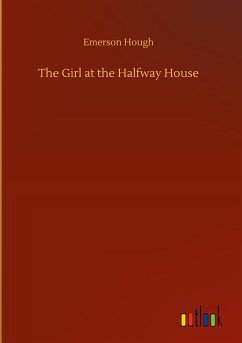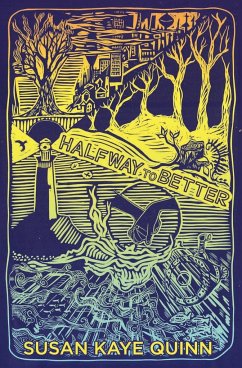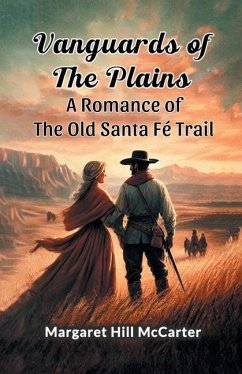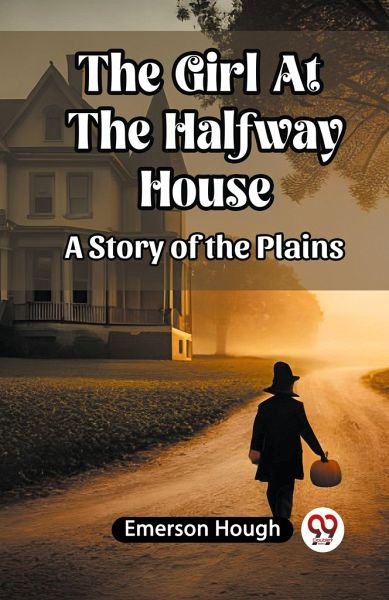
The Girl At The Halfway House A Story of the Plains

PAYBACK Punkte
0 °P sammeln!
Emerson Hough wrote a book titled "The Girl at the Halfway House," which was released in 1900. The narrative, which is set in the late 19th-century American West, centres on the adventures of Nan Brent, a mysterious and self-reliant young woman who becomes stuck in a desolate halfway house in the Wyoming wilderness. Nan gets entangled in the lives and struggles of the various people that dwell in the halfway house, such as innovators, cowboys, and outlaws, as she gets to know them. The main source of conflict is the rivalry between the homeowners and ranchers in the area as well as the potenti...
Emerson Hough wrote a book titled "The Girl at the Halfway House," which was released in 1900. The narrative, which is set in the late 19th-century American West, centres on the adventures of Nan Brent, a mysterious and self-reliant young woman who becomes stuck in a desolate halfway house in the Wyoming wilderness. Nan gets entangled in the lives and struggles of the various people that dwell in the halfway house, such as innovators, cowboys, and outlaws, as she gets to know them. The main source of conflict is the rivalry between the homeowners and ranchers in the area as well as the potential for violence from a renown criminal group headed by Black Bart Haines. Nan's inventiveness and strong will make her an invaluable mediator in conflict resolution. As Nan works through the difficulties of life on the harsh western frontier, themes of justice, atonement, and the wild west are explored throughout the book. The storyline gains levels of mystery and suspense as Nan's true identity and her affiliation with the criminal gang become clear throughout the story.






